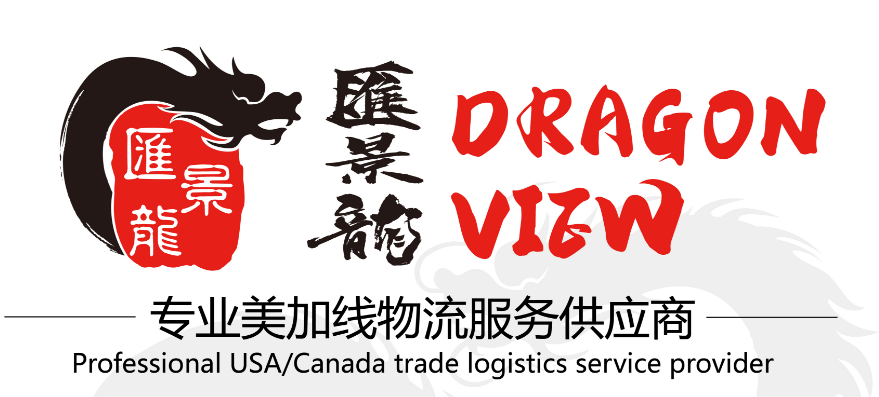
海上风电是首选的可再生能源发电机,因为它有可能大规模交付,而太阳能等替代品则难以提供相同水平的能源,因为缺乏可用空间和低得多的负荷系数,CET首席分析师Andrei Utkin表示。
在本月初包括英国、德国、美国和日本在内的9个国家在联合国气候峰会上表示加入全球海上风电联盟,鼓励开发海上风电。该联盟是由国际可再生能源机构、丹麦和全球风能理事会成立的旨在“消除风力发电障碍”的组织。

国际可再生能源机构和国际能源机构预测,海上风力发电量“需要在2050年超过2000GW”才能防止气温与工业化前相比上升超过1.5摄氏度,目前海上风力发电量仅为60GW。
截至 2022 年年中,仅安装了约 55 GW 的海上风电。Utkin说,增加这么多新的GW将是一项艰巨的任务,2030年的目标“给世界七年时间”。
Dogger Bank Wind Farm是北海正在建设的大型海上风电设施,完工时的装机容量为3.6吉瓦(3,600兆瓦),能够为多达600万户家庭供电。

随着涡轮机尺寸的增加,产生能量的成本也在下降。因此,在过去五年中,海上和陆上风力涡轮机的尺寸增长了近50%,供应商现在销售的陆上涡轮机足以产生7兆瓦,海上涡轮机能够产生高达16兆瓦。14、15 或 16 MW 涡轮机最高可达 280 米(870 英尺),单个叶片可长达 351 英尺。

据英国《金融时报》报道,西方原始设备制造商(OEM)在转嫁成本上涨的能力方面受到阻碍,因为涡轮机价格通常在建设之前就已经达成一致,而公开交易的原始设备制造商和开发商的股价正在下滑。据英国《金融时报》报道,中国的原始设备制造商可以以较低的成本制造涡轮机,并可能在价格上竞争西方制造商的市场份额,这一发展将对项目物流供应链产生影响。
许可和输电能力进一步阻碍了海上风电装机容量的快速扩张。“所有这些结合起来非常艰难,”乌特金说。但是许多具有有利条件的市场希望在本十年末转向海上风电。
货代网